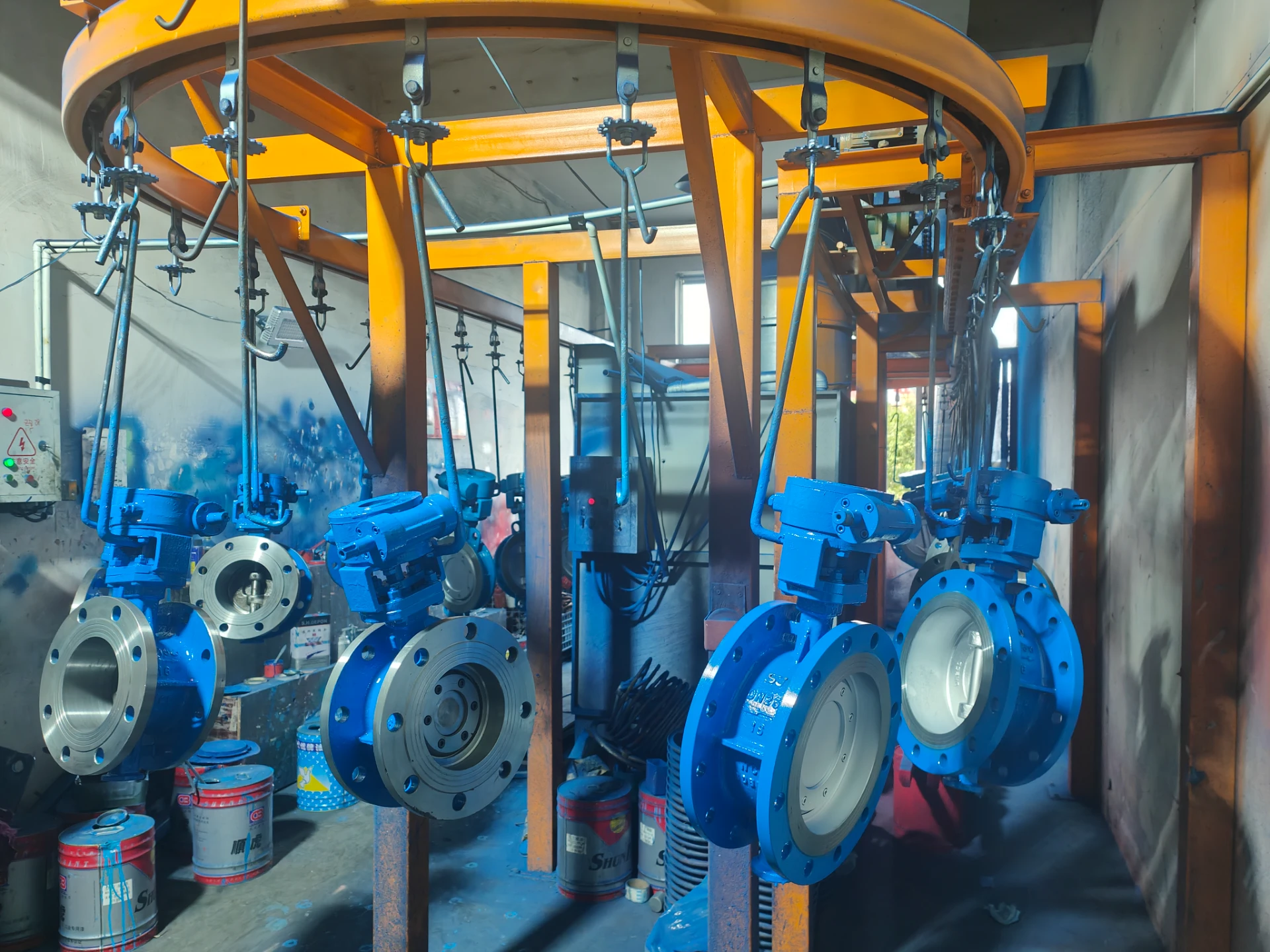butterfly valve
Butterfly valves are pivotal components within various industrial systems, known for their capability to manage the flow of different fluids effectively. Having spent over two decades working with these devices, the evolution of butterfly valves from traditional models to contemporary designs is nothing short of remarkable. This article delves into their design, application, and the advantages they offer, providing a comprehensive understanding for both novices and seasoned professionals.

The butterfly valve's ingenious design features a disc mounted on a rotating shaft. This disc, or vane, is how the valve regulates flow; when the valve is fully closed, the disc completely blocks the flow path, and when open, the disc rotates a quarter turn to allow unobstructed flow. This simplistic mechanism, coupled with advancements in materials and engineering, results in a highly efficient and durable component.
In terms of materials, butterfly valves are manufactured using a variety of substances, including stainless steel, cast iron, plastic, and exotic alloys like Hastelloy when corrosion resistance is paramount. Selecting the right material is crucial for ensuring longevity and optimal performance within specific environments. In industries such as chemical processing or wastewater management, where valves are frequently exposed to corrosive substances, using a high-grade material can drastically reduce maintenance demands and shutdown times.

Moreover, the compact and lightweight nature of butterfly valves makes them an ideal choice for space-constrained installations. Unlike gate or globe valves, butterfly valves require only minimal space for actuation, which is why they are often preferred in applications where space and weight are critical factors, such as in the aerospace and marine industries.
butterfly valve
Understanding the different types of butterfly valves—such as wafer-style, lug-style, and double-flanged—is essential for selecting the right one for your application. Each type has its unique features and installation methods. For instance, lug-style valves can be used to isolate systems on either side of the pipeline, crucial in maintenance operations, while wafer-style is more suited for low-pressure applications where weight and space optimization are key considerations.
Industries benefiting from butterfly valves include chemical, pharmaceutical, food and beverage, oil and gas, and HVAC systems, among others. Each application benefits from the valve's ability to handle high-temperature and high-pressure conditions while providing rapid shut-off capabilities.
The reliability of a butterfly valve can further be enhanced through regular maintenance checks, ensuring that the components remain functioning as intended. Regular inspection and proper installation are fundamental to preventing potential leaks and ensuring a secure seal, especially for high-stakes operations.
In conclusion, butterfly valves stand as a testament to the innovation and advancement within the valve industry. Their adaptable design and versatile material options make them indispensable across a multitude of sectors. For those looking to invest in a reliable and efficient flow control solution, butterfly valves offer unmatched performance, reliability, and cost-effectiveness. With these insights, professionals can make informed decisions, leveraging butterfly valves' potential to enhance operational efficiency and extend the lifespan of their systems.
-
Breakthrough in Domestic Low Temperature Valve Technology in ChinaNewsAug.18,2025
-
From Machinery to Intelligent Brain: The Digital Transformation Wave of the Valve IndustryNewsAug.18,2025
-
PCVEXPO 2025NewsAug.18,2025
-
The Key to Fluid Control: Exploring the Advantages of Ball Valves in Industrial SystemsNewsJul.09,2025
-
The Versatile World of 1, 2, and 3 Piece Ball ValvesNewsJul.09,2025
-
Stainless Steel Ball Valves: The Ideal Choice for Efficient Flow ControlNewsJul.09,2025
-
Optimizing Fluid Control with Ball Float ValvesNewsJul.09,2025




